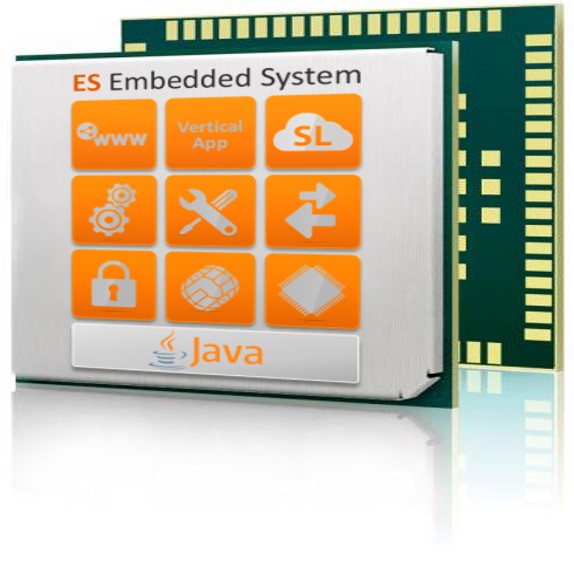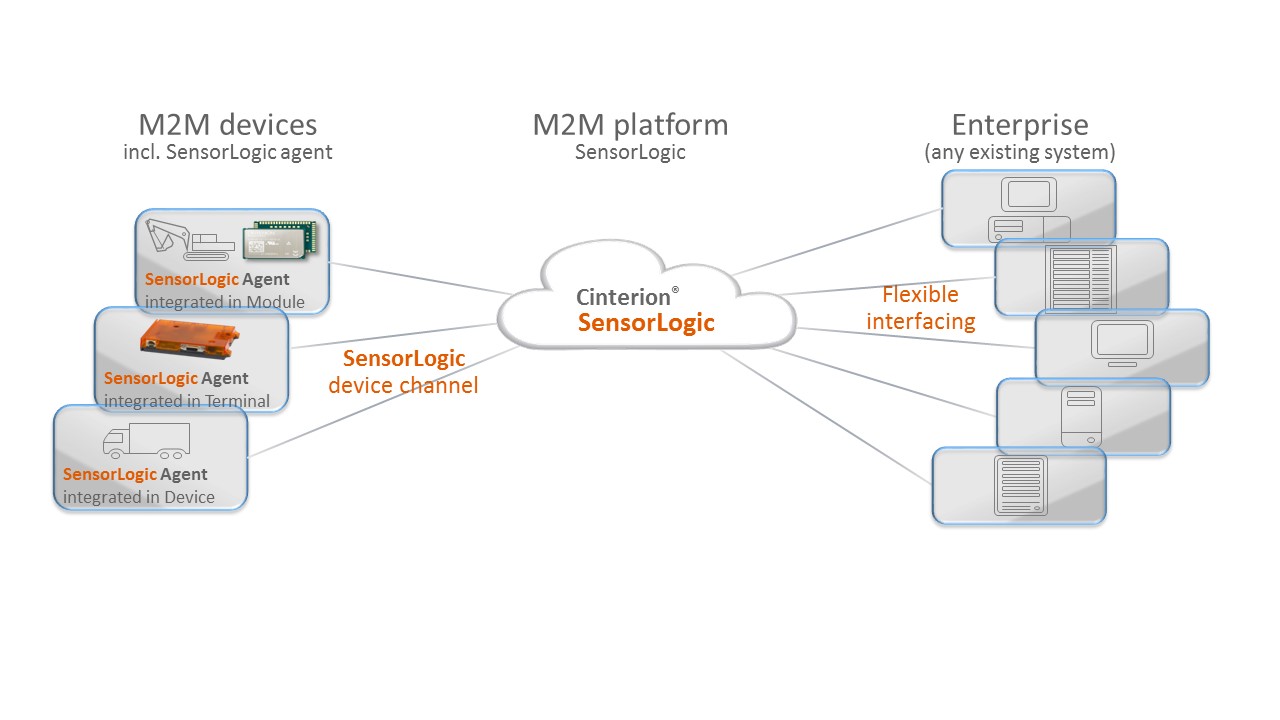As machine-to-machine solutions rush to join the Internet of Things, there is a pressing need to reduce the risk, complexity and development time. Fortunately, it is becoming easier than ever to develop software and strategies specifically for application enablement platforms.
For an industrial machine, the benefits of IoT are far-reaching. IoT systems typically start with the need for sensors monitoring anything from temperature or humidity in environmental monitoring systems, to movement or location in a mobile device. Massively scalable, the Internet of Things places virtually no limits on the information captured or sent to remote devices at the edge of the system, says Andrew Pockson, divisional marketing manager – Semiconductors, Anglia.
Almost every machine can benefit from being connected. Moving away from a local to a global user interface means manufacturers can add services to their products, with the user interface being unlimited in terms of location and number of users. This gives rise to new business models such as preventative maintenance contracts, service level agreements, pay-per-use agreements, remote diagnostics and remote upgrades. These can in turn generate recurring revenue streams and encourage customer loyalty. In all cases, it gives product suppliers the ability to form a closer working relationship with the end user as well as simply connecting to their assets.
The issue now is how to adapt to these new business models; how to shift the focus from products alone to products + services.
Extending skills
Traditional skill sets and experience within research and development departments are tuned to developing products from a device perspective: improving performance within the constraints of price, size, power consumption, and so on. When it comes to connecting the thing to the IoT, few companies possess the skill set or knowledge to move from the ‘edge’ to the ‘enterprise’ as there is no single chip, instruction book, data sheet or application note explaining how to do it and what the pitfalls may be. The data communications part brings manufacturers back onto more familiar territory.
Developers are relatively comfortable with the IT infrastructure needed to connect a single device to a server. Manipulating the existing communications infrastructure is seldom trivial but it is at least fairly well documented. The challenge comes when considering a scalable system where a myriad of edge devices and variants need to be deployed across a wide user base.
Designing the hardware takes the skill of the electronics engineer and the electrical and PCB parameters are well understood. However, for connecting a thing to the cellular communication infrastructure, it is also necessary to consider a suitable protocol, establishing and managing a link and the communications device itself – as well as identifying and addressing a device or a particular sensor in a device. A further requirement is to design-in the controls over where, when and how sensor data are sent and how to remotely control the parameters and thresholds of the data.
Connecting to the enterprise
Following hotly on from communications is the issue of storage. At the back-end, or enterprise, data need to be stored in a data centre, server or cloud based system. Some means of administration control has to be built-in not only to view the data itself, but also to capture and manage performance statistics of the edge device. For example, the cellular signal strength of remote devices or the amount of data a particular device is sending can provide invaluable information to troubleshoot or enhance the service.
Already many M2M applications make use of existing CRM tools such as SAP or Oracle to run applications that present or manipulate the data into meaningful information. The same is true when extended to IoT applications in the connected enterprise. Often a bespoke application will be written in order to present the data in some graphical format, perhaps using third party apps such as mapping as a method of identifying the locations of the edge devices in the fleet. In other cases, data are presented to a complementary system or another machine somewhere else in the world.
The complexities of designing rugged, scalable, reliable and secure edge devices – along with the scalable IT infrastructure to store, manage and forward the required data – can prove a difficult journey. With potentially long and expensive development cycles, huge up-front investment is required. All this, for a project that may never be completed.
Reducing risk, complexity and time to market

Application enablement platforms (Figure 1) have been developed to tackle these issues, providing a low risk solution for those about to embark on a new IoT strategy. Platforms like the SensorLogic Application Enablement platform from Gemalto vastly reduce the risk, complexity and development time of an IoT system from the sensor interface to the back end user application. They centre on pre-defined building blocks to address the challenge of edge design, supported by a back end data management cloud with admin tools that address the IT infrastructure issues. SensorLogic’s architecture is based on an agent running on board the edge hardware, which manages the sensor interface, communications device, the protocols and data filtering. A back end cloud stores the data, provides login and administrative portals for raw data management. Its application programming interfaces provide hooks into customised web based applications or market-leading enterprise tools.

Typical scenarios for the SensorLogic agent (Figure 2) involve a MIDlet – an application that uses the mobile information device profile (MIDP) for the Java Platform, Micro Edition (Java ME) environment. Here, MIDlets are designed to run on a Gemalto Cellular Communications module (formerly on the edge device). Only a small amount of Java editing and a few text based configuration files are required to connect sensors or peripheral devices directly to standard industrial interfaces such as I2C or SPI on the module. Java is the most common language used in IoT applications either running on an application processor or within a module running the application, it is even running inside the SIM card.
Using a login to the SensorLogic cloud, the Admin portal allows designer to see all the parameters of the data and module performance such as signal strength, mobile network parameters and even the temperature of the module or the battery supply voltage. The C based SensorLogic client is also available where Java ME is not supported on the module.

Application enablement platforms like Sensor Logic from Gemalto are easing the extension of M2M towards the Internet of Things (Figure 3). Where the traditional skillsets of device manufacturers need a leg-up in to make the most of Java based IoT applications, module suppliers are providing solutions and expert support for Application Enablement Platforms to help educate the IoT design community from the traditional edge to the extended enterprise. For example, Anglia’s M2M division and Gemalto provide hands on training courses on IoT strategy and Java development specifically targeted on Gemalto M2M devices. As a result, it is becoming easier than ever to develop software and strategies, either for an application enablement platform, or to bring more of the complexity of the Internet of Things system in to the edge device.
The author of this blog is Andrew Pockson, divisional marketing manager – Semiconductors, Anglia.
Comment on this article below or via Twitter: @IoTNow_ OR @jcIoTnow










